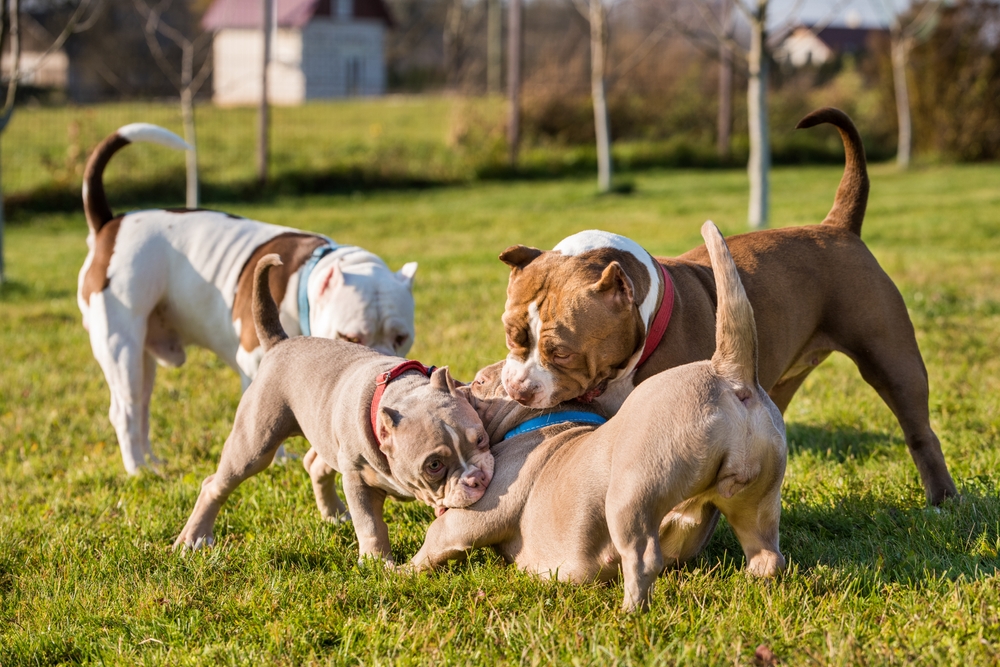Handling Aggression and Dominant Behavior in American Bullies
Dealing with aggression and dominant behavior in American Bullies can be challenging for any dog owner. These powerful and loyal dogs, known for their protective nature, can sometimes exhibit aggressive tendencies if not properly trained and socialized. In this comprehensive guide, we, as experienced dog trainers and experts, will provide you with valuable insights and practical strategies to handle aggression in American Bullies effectively. By following our expert advice, you can create a harmonious and safe environment for both your beloved pet and your family.

Understanding the American Bully Breed
Before delving into methods to address aggression, it is crucial to understand the American Bully breed’s characteristics. These dogs are a unique combination of strength, agility, and loyalty. With their imposing physique and confident demeanor, they make excellent guard dogs and protectors. However, without proper training and guidance, their assertive nature can lead to dominance and aggression issues.

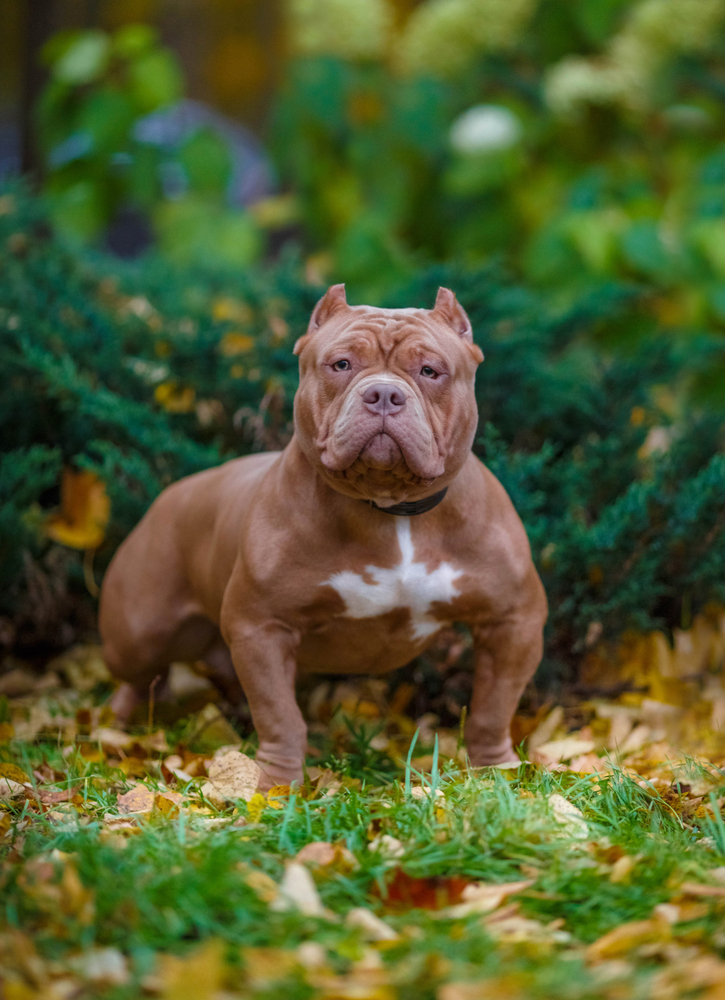
Identifying Aggression and Dominant Behavior
Recognizing the signs of aggression and dominant behavior in your American Bully is the first step towards effective management. Some common indications include:
-
Growling and Snarling: Vocalizations such as growling and snarling are warning signs that your dog is feeling threatened or challenged.
-
Baring Teeth: Displaying their teeth is a clear signal of aggression and dominance. It is essential to take this behavior seriously.
-
Stiff Body Language: An aggressive dog often exhibits stiff body language, with raised hackles and a tense posture.
-
Resource Guarding: American Bullies can be possessive of their food, toys, or territory, leading to aggression when someone tries to take these resources away.
-
Unwanted Jumping: While it may not seem like aggression, persistent jumping can be a sign of dominance and should be addressed.
Implementing Positive Reinforcement Training
As professional dog trainers, we firmly believe in positive reinforcement training methods for dealing with aggression and dominant behavior. Punishment-based training can escalate aggression and is not recommended. Instead, we advocate for reward-based techniques that encourage good behavior and create a strong bond between you and your furry companion.
-
Obedience Training: Start with basic obedience training to establish yourself as the pack leader. Teach commands like “sit,” “stay,” and “leave it” to set clear boundaries.
-
Socialization: Introduce your American Bully to various people, animals, and environments from an early age. Socialization helps reduce anxiety and increases their tolerance towards others.
-
Clicker Training: Clicker training can be an effective way to reinforce positive behavior. Use a clicker to mark desired actions and follow up with treats and praise.
-
Desensitization: Gradually expose your dog to situations that trigger aggressive behavior, helping them become more comfortable and less reactive over time.
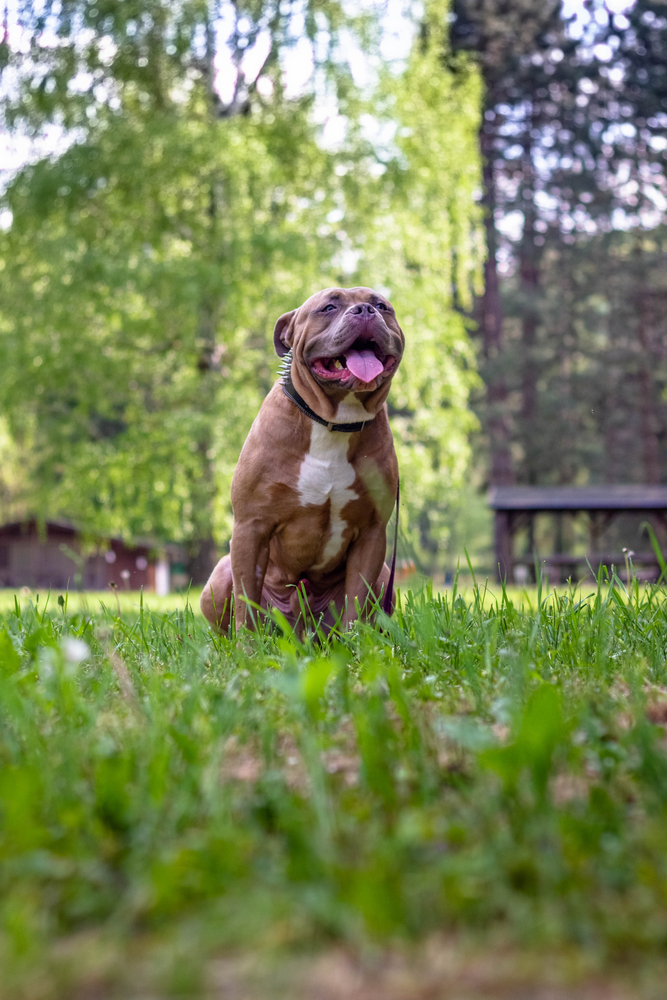
Seeking Professional Guidance
If you find it challenging to manage your American Bully’s aggression or dominant behavior, don’t hesitate to seek professional assistance. Enrolling your dog in obedience classes or hiring a certified dog trainer can make a significant difference in their behavior.
Providing a Safe Environment
Creating a safe and stress-free environment is crucial when dealing with aggression in American Bullies. Consider the following tips:
-
Secure Fencing: Ensure your yard has a secure fence to prevent your dog from feeling threatened by strangers passing by.
-
Supervise Playtime: When introducing your Bully to new dogs or animals, always supervise the interactions to intervene if any aggression arises.
-
Quiet Space: Designate a quiet space in your home where your dog can retreat and feel safe during times of stress.
-
Avoid Triggers: Identify and avoid triggers that elicit aggressive responses in your dog, whenever possible.
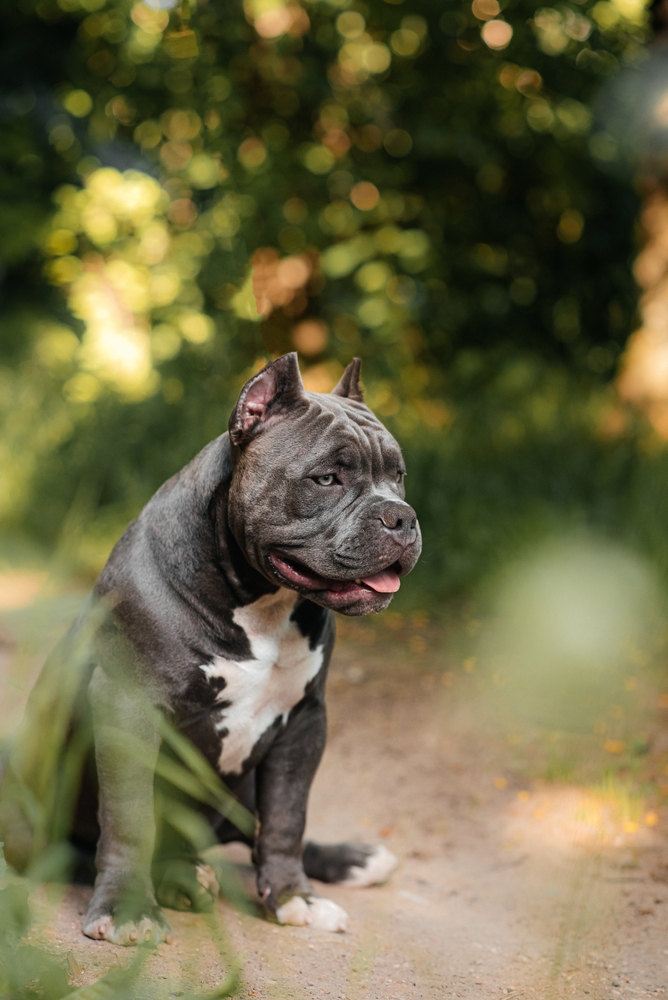
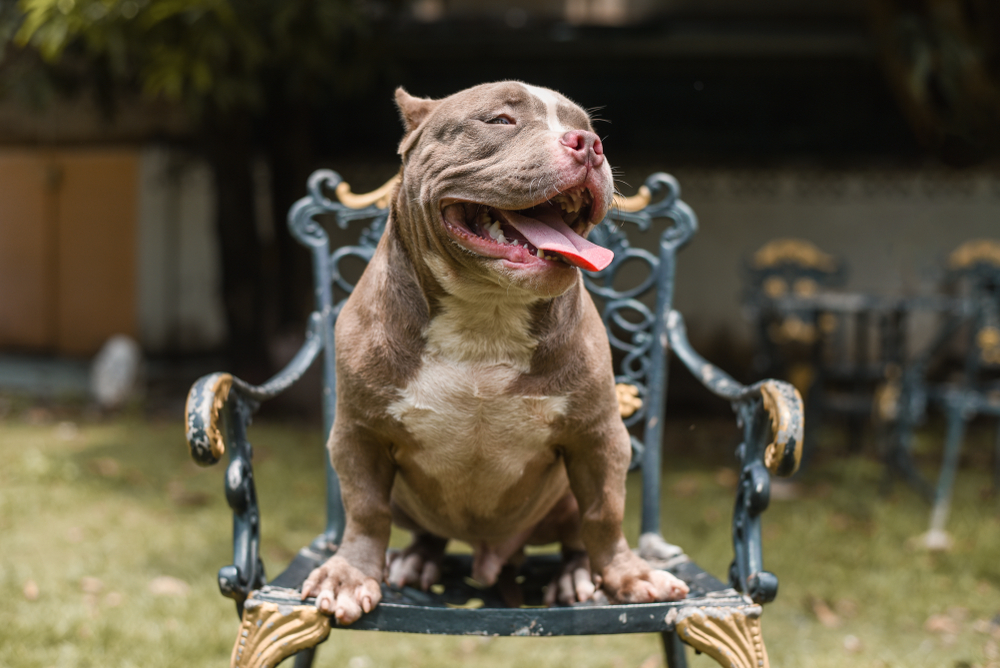
Exercise and Mental Stimulation
Regular exercise and mental stimulation are essential for the well-being of American Bullies. A tired dog is less likely to exhibit aggressive behavior, so be sure to engage your furry friend in:
-
Daily Walks: Take your American Bully for daily walks to burn off excess energy and prevent frustration.
-
Interactive Toys: Provide toys that challenge your dog mentally, such as puzzle toys, to keep them engaged and occupied.
Handling Aggression and Dominant Behavior in American Bullies
Handling aggression and dominant behavior in American Bullies requires patience, consistency, and a deep understanding of the breed’s nature. By implementing positive reinforcement training, seeking professional guidance when needed, and creating a safe environment, you can foster a well-behaved and balanced companion.
Remember, every dog is unique, and progress may take time. Stay committed to training and building a loving relationship with your American Bully, and you will undoubtedly see positive results.
